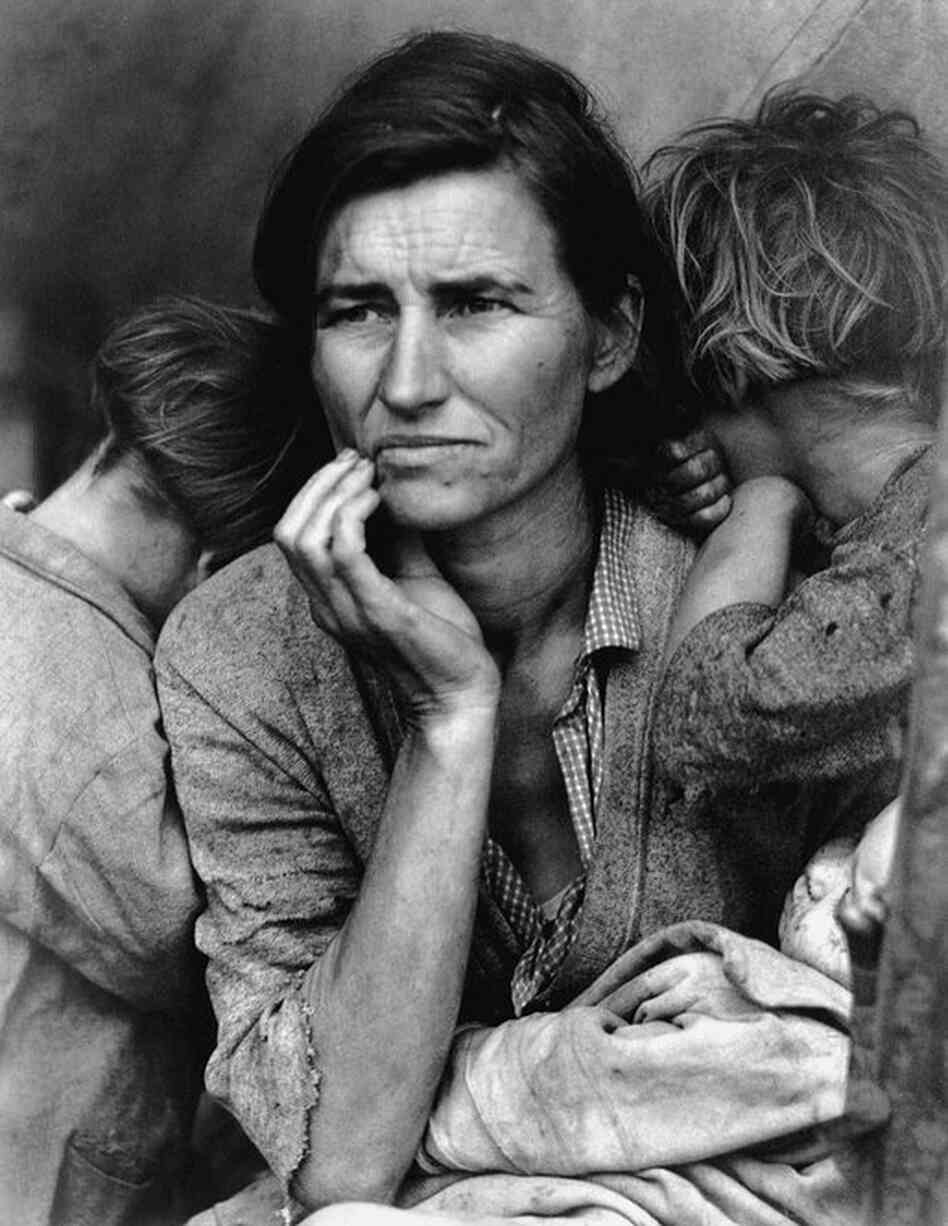 Dorothea Lange was known for her famous photographs of the change in the home front during the war. She studied photography at Columbia university and worked in New york until 1918 when she began traveling. she was one of the well known and pioneering documentary photographers of the
20th century. She was born on May 26,
1895, in Hoboken, New Jersey. Heinrich Nutzhorn (her father) was a
lawyer, and her mother named Johanna, was a stay at home mom who watched over her and her brother. At the young age of 7, Dorothea was diagnosed with polio,
which left her right leg and foot weak.
Dorothea Lange was known for her famous photographs of the change in the home front during the war. She studied photography at Columbia university and worked in New york until 1918 when she began traveling. she was one of the well known and pioneering documentary photographers of the
20th century. She was born on May 26,
1895, in Hoboken, New Jersey. Heinrich Nutzhorn (her father) was a
lawyer, and her mother named Johanna, was a stay at home mom who watched over her and her brother. At the young age of 7, Dorothea was diagnosed with polio,
which left her right leg and foot weak.I
n 1920, she got her first real taste of documentary photography when she traveled around the Southwest, mostly photographing Native Americans. Then during the Great Depression she documented labor strikes as well as endless waiting for the economy to turn around. In 1935, Lange was deployed to Texas and the Dakotas to record the happenings of the dust bowl and the migration that it brought with it. The dust bowl was a huge drought that swept through the southern states in the 1930's. It caused the migration of farmers to California when their jobs were blown away by the dust. In 1940, she received the Guggenheim Fellowship award. In her line of work, Lange experienced the beauty of her well-known portrait, “Migrant Mother,” which was an iconic image that gently and captured the hardship and pain of what so many Americans farmers/migrants were facing.To this day the portrait now hangs in the hall of congress.
 When America entered into World War II, Lange was hired by
the OWI to photograph the
Japanese Americans. In 1945, she was employed also by the OWI, this
time to document the San Francisco conference that created the United
Nations. All this while battling health problems, she was still able to co-founded
Aperture, a small publishing house that makes a periodical and
high-end photography books.
When America entered into World War II, Lange was hired by
the OWI to photograph the
Japanese Americans. In 1945, she was employed also by the OWI, this
time to document the San Francisco conference that created the United
Nations. All this while battling health problems, she was still able to co-founded
Aperture, a small publishing house that makes a periodical and
high-end photography books. SOURCES:
http://www.americanswhotellthetruth.org/portraits/dorothea-lange
http://www.biography.com/people/dorothea-lange-9372993#final-years&awesm=~oDNHKlX8aRsS1s
PICTURES:
http://media.bonnint.net/oss/mormontimes/0/46/4681.jpg
http://media.npr.org/assets/img/2010/04/28/lange1_custom_custom-476731ac7043e64e47c7d30efedbe45fff0c566e-s6-c30.jpg